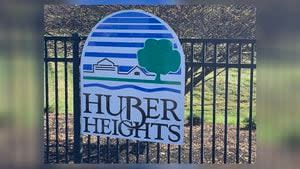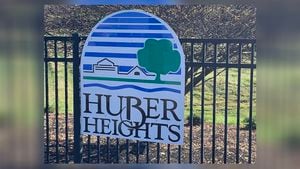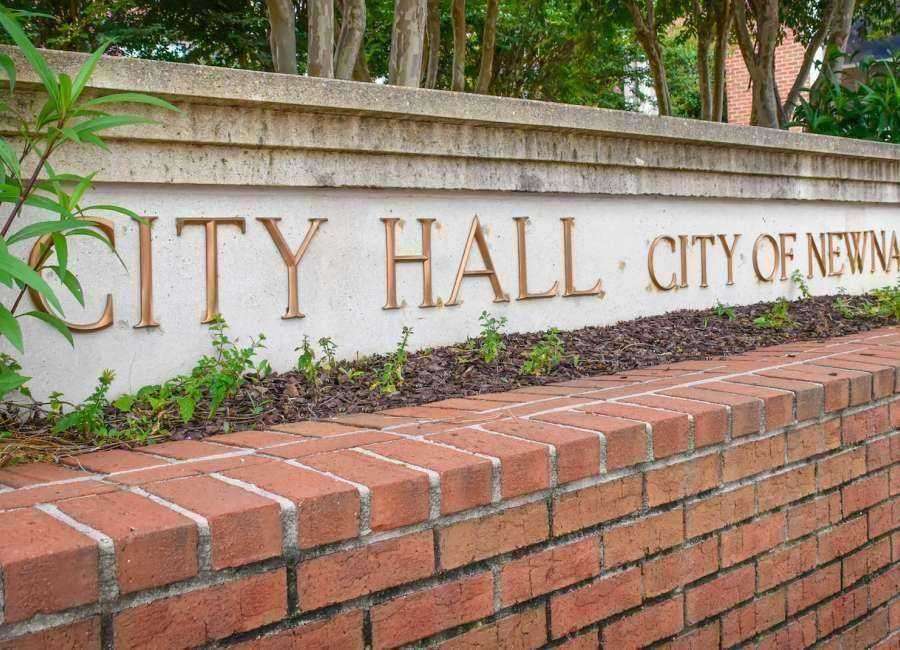Local city’s functions restored, $350K used to handle ransomware attack


After spending over a quarter of a million dollars to investigate a ransomware attack a local city is still searching for answers.
Blondezena Williams lives in Huber Heights and shared her concerns.
“They’re going to have to get it from somewhere right?” she said.
Williams is talking about the $350,000 Huber Heights paid to fix issues caused by the ransomware attack.
The attack happened on Nov. 12.
There are no cutbacks scheduled at this time.
>> PREVIOUS COVERAGE: Huber Heights provides update on cyber attack, says some services restored
“I prefer that they didn’t cut anything because we are still growing and to see a stagnation now would not be a good idea,” Williams said.
Many people are concerned about their personal information being compromised.
“Somebody from the Y(MCA) asked if I sent him a message and asked him for money and I said ‘no I didn’t,” Priscilla Klinedinst said.
She is always on alert now.
She is also worried about the plan of attack going forward.
“I would hate to see the police force be cut because I think we need them,” Klinedinst said.
Huber Heights City Council is still working on getting answers to if personal information was stolen.




